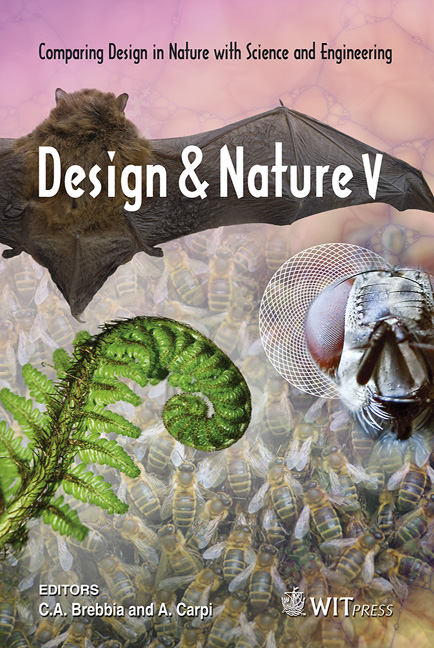Mathematics And Music: The Architecture Of Nature
Price
Free (open access)
Transaction
Volume
138
Pages
8
Page Range
3 - 10
Published
2010
Size
3,085 kb
Paper DOI
10.2495/DN100011
Copyright
WIT Press
Author(s)
F. Morandi, E. B. P. Tiezzi & R. M. Pulselli
Abstract
The link between mathematics and music has ancient origins and, over the centuries, it has been adding more and more new content. Mathematics and music are two languages apparently very different but in reality they are the two universal languages: numbers and notes are used worldwide as a global language. In this work we see how math and music provide the keys for understanding the wonderful book of Nature. We discuss in particular the \“design of the cosmos” as proposed by Kepler in the Harmonice mundi: the German astronomer’s survey on the architecture of the cosmos is based, in fact, on geometry, with reference to static aspects, and on music, with reference to kinematics. This theoretical framework represents not only the link between the astronomical revolution and the scientific revolution of the seventeenth century, but also the central point for the definition of the Newton’s law of universal gravitation. Keywords: mathematics, music, design. 1 Introduction The investigation on the origin of the universe and the structure of nature has always been a highly discussed research topic. Pythagoras (575-475 BC) was the first to identify in mathematics and music the only two languages that can explain the architecture of nature [2, 4, 7]. A description of the natural world through the geometry is found in the Plato’s Timaeus (360 BC) [9]: in which five regular polyhedra (known as the \“Platonic solids”) interact with the elements of Empedocles. This was the starting point for Kepler’s research (1571-1630) on
Keywords
mathematics, music, design





